1. What is a Public Group in Salesforce, and how is it different from a Role?
- Public Group: A collection of users, roles, or other groups that can be used for sharing access, folder permissions, or queue assignments.
- Role: Defines the hierarchical level of a user in the organization and governs record visibility based on OWD (Organization-Wide Defaults).
- Key Difference: Public Groups can include multiple roles, users, and groups, whereas a Role is specific to record-level visibility.
2. How does the Recycle Bin work in Salesforce, and how long are records retained?
- Deleted records are stored in the Recycle Bin and can be restored within 15 days. After that, they are permanently deleted. The storage limit for the Recycle Bin is 25% of your organization’s storage capacity.
3. Can we create Master-Detail Relationships on custom objects?
- Yes, Master-Detail Relationships can be created on custom objects. They allow tight bonding between the parent and child objects, where the child inherits the parent’s sharing and security settings.
4. What is the significance of the Parent-Child Relationship in Salesforce data models?
- The Parent-Child Relationship defines a hierarchy where a parent record controls the child records. This structure helps in roll-up summary calculations, sharing rules, and cascading deletes.
5. What is the use of Record Types in Salesforce?
- Record Types allow you to define different business processes, picklist values, and page layouts for the same object, helping to cater to different business scenarios or divisions.
6. How does the Field History Tracking feature work?
- Field History Tracking logs changes made to specified fields. You can track up to 20 fields per object, and it stores details like the old value, new value, who made the change, and when.
7. What are the limitations of Lookup Filters in Salesforce?
- Lookup Filters restrict the records shown in a lookup based on certain criteria.
Limitations:- Cannot reference long text fields.
- Cannot be used with dependent picklists.
- Can only filter related object fields.
8. Can we delete a custom field that is referenced in a workflow or formula?
- No, you cannot delete a custom field if it is being referenced in a workflow, formula, or process. You must remove all references before deletion.
9. What is a Dashboard Component Snapshot, and how is it useful?
- A Dashboard Component Snapshot is a static image of a dashboard component that can be embedded in emails. It is useful for sharing insights or updates with stakeholders without giving direct system access.
10. Explain the difference between Static Dashboards and Dynamic Dashboards.
- Static Dashboards: Display data from the perspective of a specific user.
- Dynamic Dashboards: Display data tailored to the logged-in user’s access and visibility.
11. What are the types of Sharing Rules available in Salesforce?
- Owner-based Sharing Rules: Share records owned by certain users.
- Criteria-based Sharing Rules: Share records meeting specific field criteria.
12. Can we use Validation Rules with Roll-Up Summary Fields?
- No, Validation Rules cannot directly reference Roll-Up Summary Fields because the values are calculated in real time and not during record save.
13. What is the Difference Between Workflow Rules and Process Builder?
- Workflow Rules: Limited to field updates, email alerts, tasks, and outbound messages.
- Process Builder: More advanced, supports multiple actions, and can create/update related records, invoke Flows, and call Apex.
14. How can you assign records to a queue in Salesforce?
- Create a queue for the object, then assign records by selecting the queue in the Owner field on the record.
15. What is the role of Custom Settings, and how is it different from Custom Metadata?
- Custom Settings: Store data accessible without SOQL queries but cannot be deployed between orgs.
- Custom Metadata: Can store configuration data and is deployable via metadata API.
16. How many Roll-Up Summary Fields can you create per object?
- A maximum of 25 Roll-Up Summary Fields can be created per object.
17. What is the difference between Clone and Save As options in Reports?
- Clone: Creates a new report based on the original with all the same settings.
- Save As: Creates a copy of the report while allowing the original to remain unchanged.
18. How do you migrate metadata between Salesforce orgs?
- Metadata can be migrated using tools like Change Sets, Ant Migration Tool, or Salesforce CLI.
19. Explain the concept of FLS (Field Level Security) and how it impacts record visibility.
- FLS controls which fields a user can see or edit. It does not impact record visibility but ensures sensitive information is hidden.
20. What happens if the Master Record in a Master-Detail Relationship is deleted?
- If the Master Record is deleted, all its related Detail Records are also deleted (cascade delete).
21. How does Einstein Activity Capture enhance productivity in Salesforce?
- Einstein Activity Capture syncs emails, events, and contacts from your email to Salesforce automatically, reducing manual data entry and ensuring records are up to date.
22. What is the purpose of Queues, and how do they work?
- Queues allow teams to manage shared workloads. Records in a queue are not assigned to a specific user but can be claimed by any team member.


